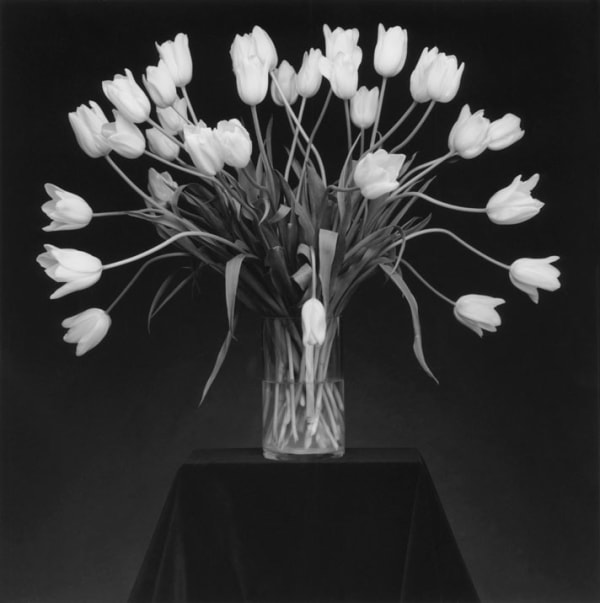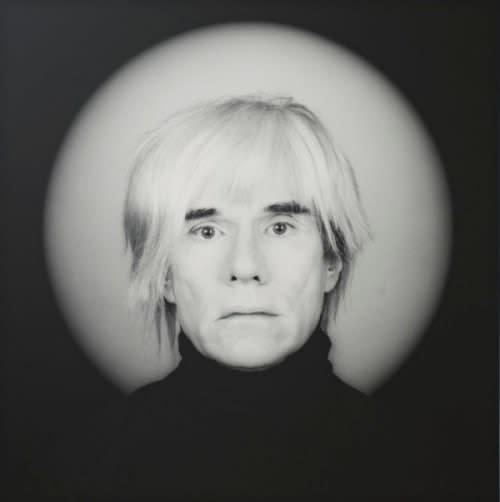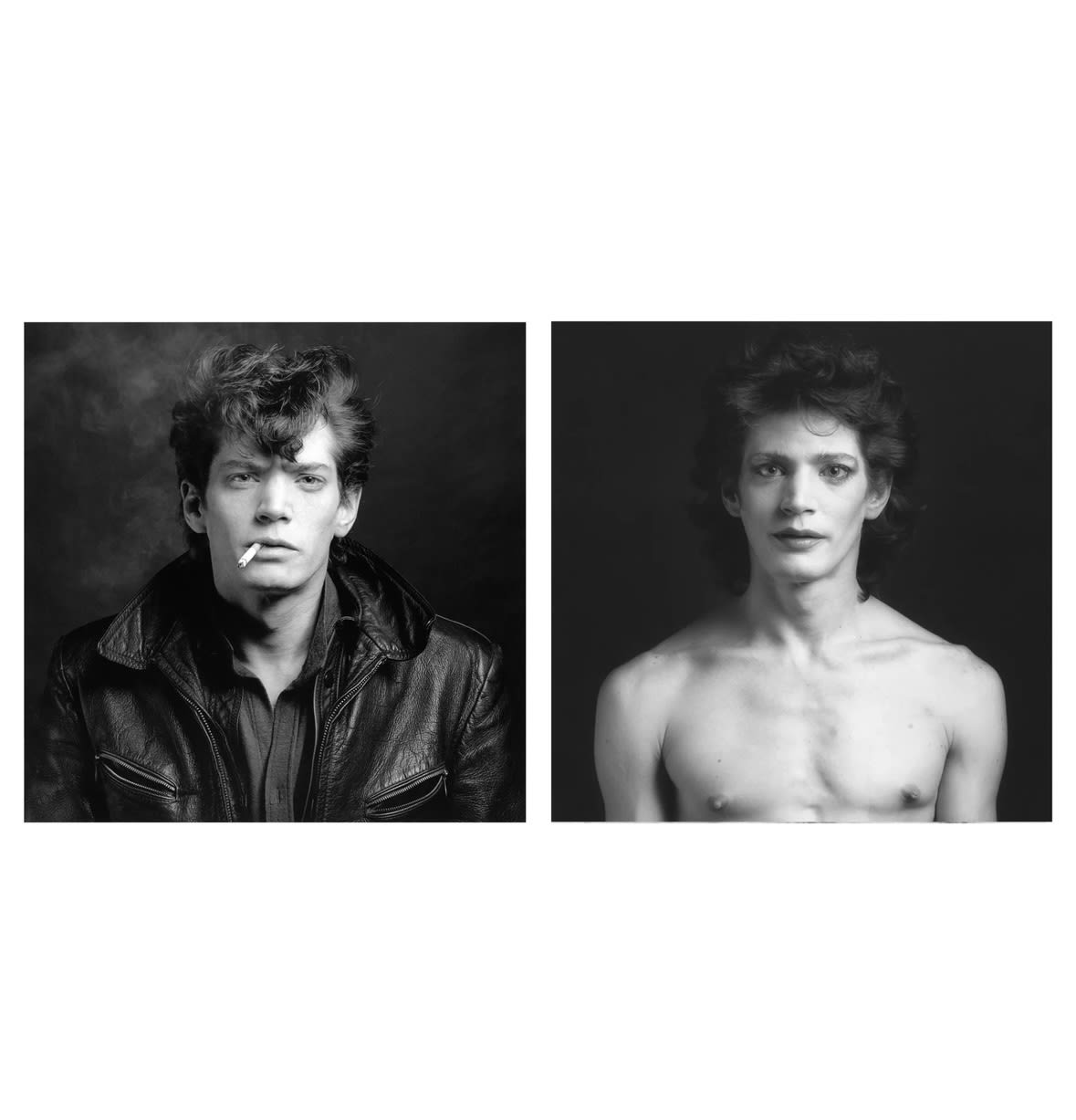-
Overview
"Photography seemed like the perfect vehicle for commenting on the madness of today's existence."
Robert Mapplethorpe (November 4, 1946 – March 9, 1989) was an American photographer renowned for his bold and controversial exploration of beauty, sexuality, and identity. Born in Floral Park, New York, Mapplethorpe embarked on a journey that would challenge societal norms and redefine the boundaries of art.
Mapplethorpe's early passion for photography led him to the Pratt Institute in Brooklyn, where he studied graphic arts. Influenced by artists such as Marcel Duchamp and Andy Warhol, he delved into the burgeoning art scene of 1970s New York City, where he found inspiration in the underground subcultures of BDSM, queer identity, and celebrity culture.
His photographic oeuvre is characterized by its stark, black-and-white compositions, meticulously crafted to capture the essence of his subjects. Mapplethorpe's work often confronted viewers with provocative imagery, exploring themes of desire, power dynamics, and the human form with unflinching honesty.
Mapplethorpe's relationship with Andy Warhol was instrumental in shaping his artistic vision. Warhol's influence can be seen in Mapplethorpe's fascination with celebrity culture and his exploration of the intersection between art and commerce. The two artists collaborated on various projects and shared a mutual admiration for each other's work.
In addition to his portraits and explorations of subcultural themes, Mapplethorpe is also celebrated for his exquisite photographs of flowers. These images, characterized by their delicate beauty and precise composition, offer a stark contrast to his more provocative works, showcasing his versatility as an artist.
Throughout his career, Mapplethorpe courted controversy with his exploration of taboo subjects, particularly in his series depicting homoeroticism and BDSM. His uncompromising vision challenged societal norms and sparked debates about the intersection of art, morality, and censorship.
One of Mapplethorpe's most enduring relationships was with the poet and musician Patti Smith, with whom he shared an intense creative bond. Smith served as both muse and collaborator, inspiring some of Mapplethorpe's most iconic portraits and providing a glimpse into the intimate world of their artistic partnership.
Despite the controversies surrounding his work, Mapplethorpe's technical mastery and artistic vision earned him critical acclaim and recognition. His photographs continue to captivate audiences with their exquisite composition, meticulous attention to detail, and ability to evoke a wide range of emotions.
Mapplethorpe's legacy extends far beyond his artistry; he was a trailblazer who paved the way for future generations of artists to push the boundaries of expression. His impact on the art world continues to reverberate, inspiring ongoing conversations about the nature of beauty, identity, and the power of art to provoke and challenge.
In recent years, Mapplethorpe's auction records have soared, with several of his iconic works fetching high prices in the art market. His influence remains palpable, cementing his place as one of the most significant and controversial figures in contemporary photography.
Although Mapplethorpe's life was tragically cut short by complications from AIDS in 1989, his influence endures, leaving an indelible mark on the world of art and culture.
-
Series
-
News







